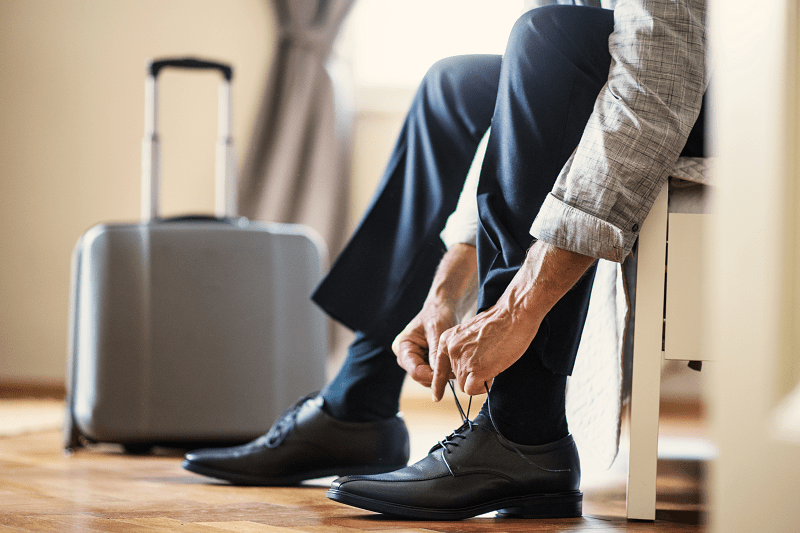Dressing Tips for Stroke Survivors

After a stroke, even simple tasks can be daunting, especially getting dressed. Don’t lose
Generally, use your unaffected arm to dress the affected side first. To undress, take the garment off the unaffected side, then remove it from the affected side. Here are a few tips to get you started:
- Choose loose-fitting clothes and silky fabrics. They’re easier to slip on and off than polyester or flannel.
- Lay out your clothes before dressing.
- Dress while sitting. It’s easiest.
Shirts and jackets
- Choose coats and jackets lined with slippery fabrics such as satin, silk or nylon. These are easier to put on than unlined garments.
- Opt for knits. They don’t wrinkle.
- Practice buttoning and unbuttoning with the shirt on your lap.
- Put your affected arm in the sleeve first.
- Start buttoning a shirt from the bottom.
- Button the sleeve for your strong arm before you put the shirt on. To unbutton that sleeve, grab the corner of the buttonhole with your teeth and maneuver it until the button slips out.
Socks and shoes
- Sit down to put on socks and shoes. Put your foot on a footstool (or box).
- Write an “R” inside the right shoe and an “L” in the left shoe.
- Buy slip-on shoes.
- Insert Velcro closures in place of shoelaces.
Nylon stockings
- While sitting, cross your affected leg over your strong leg. With your strong hand, gather up the stocking and pull it over your toes and foot. Then uncross your legs and pull the stocking up to the knee.
- Stand to pull both stockings all the way up.
Belts and suspenders
- Thread the belt through the loops before putting on pants or a skirt.
- Attach suspenders to trousers before putting them on.
Jewelry and wristwatches
- Wear bracelets that can be slipped onto your arm.
- Clip-on earrings are easier than post earrings. If you have pierced ears, try the wire-style earrings that just slip in. (Many pierced-ear earrings can be converted to wire earrings. See your jeweler.)
- Put a watch on the wrist of your affected arm using your strong hand. For ease, wear a watch with a stretch band in a slightly larger size than you normally wear.
Adapting clothing
The following features make clothes easier to put on and take off:
- Rings or strings added to zipper pulls
- Velcro in place of buttons and shoelaces (Remember to close the Velcro tabs before washing the clothing. This prevents lint from collecting on the tabs.)
- Elastic waistbands
- Snaps and grippers
- Button hooks
- Clip-on ties
- Pullover or front-closure bras




